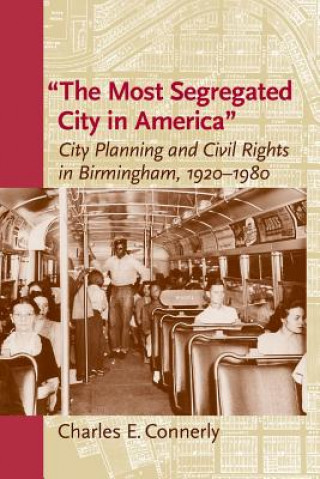
Kód: 11536286
Most Segregated City in America
Autor Charles E. Connerly
One of Planetizen's Top Ten Books of 2006 "But for Birmingham," Fred Shuttleworth recalled President John F. Kennedy saying in June 1963 when he invited black leaders to meet with him, "we would not be here today." Birmingham is ... celý popis
- Jazyk:
 Angličtina
Angličtina - Vazba: Brožovaná
- Počet stran: 352
Nakladatelství: University of Virginia Press, 2013
- Více informací o knize

1232 Kč

Skladem u dodavatele v malém množství
Odesíláme za 10-14 dnů
Potřebujete více kusů?Máte-li zájem o více kusů, prověřte, prosím, nejprve dostupnost titulu na naši zákaznické podpoře.
Přidat mezi přání
Mohlo by se vám také líbit
-

The Jews: Story of a People
486 Kč -
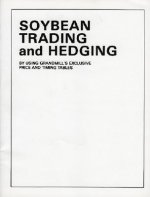
Soybean Trading and Hedging
945 Kč -

Natural Affinities
267 Kč -
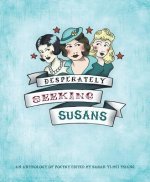
Desperately Seeking Susans
636 Kč -

Comedians
434 Kč -

Take a Stand Against Bullying Set
1180 Kč -
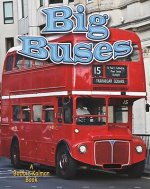
Big Buses
827 Kč -

Discovering Me
344 Kč -

Yale Editions of Horace Walpole's Correspondence, Volume 6
2413 Kč -

Ecology: Concepts and Applications with Online Learning Center (Olc) Password Card
4263 Kč -

Wasps
883 Kč -

The Words of Martin Luther King, Jr
306 Kč -

Vanish: A Rizzoli & Isles Novel
248 Kč -

Sämtliche Streichquartette vol.2
587 Kč
Dárkový poukaz: Radost zaručena
- Darujte poukaz v libovolné hodnotě a my se postaráme o zbytek.
- Poukaz se vztahuje na celou naši nabídku.
- Elektronický poukaz vytisknete z e-mailu a můžete ihned darovat.
- Platnost poukazu je 12 měsíců od data vystavení.
Více informací o knize Most Segregated City in America
Nákupem získáte 123 bodů
 Anotace knihy
Anotace knihy
One of Planetizen's Top Ten Books of 2006 "But for Birmingham," Fred Shuttleworth recalled President John F. Kennedy saying in June 1963 when he invited black leaders to meet with him, "we would not be here today." Birmingham is well known for its civil rights history, particularly for the violent white-on-black bombings that occurred there in the 1960s, resulting in the city's nickname "Bombingham." What is less well known about Birmingham's racial history, however, is the extent to which early city planning decisions influenced and prompted the city's civil rights protests. The first book-length work to analyze this connection, "The Most Segregated City in America": City Planning and Civil Rights in Birmingham, 1920-1980 uncovers the impact of Birmingham's urban planning decisions on its black communities and reveals how these decisions led directly to the civil rights movement. Spanning over sixty years, Charles E. Connerly's study begins in the 1920s, when Birmingham used urban planning as an excuse to implement racial zoning laws, pointedly sidestepping the 1917 U.S. Supreme Court Buchanan v. Warley decision that had struck down racial zoning. The result of this obstruction was the South's longest-standing racial zoning law, which lasted from 1926 to 1951, when it was redeclared unconstitutional by the U.S. Supreme Court. Despite the fact that African Americans constituted at least 38 percent of Birmingham's residents, they faced drastic limitations to their freedom to choose where to live. When in the1940s they rebelled by attempting to purchase homes in off-limit areas, their efforts were labeled as a challenge to city planning, resulting in government and court interventions that became violent. More than fifty bombings ensued between 1947 and 1966, becoming nationally publicized only in 1963, when four black girls were killed in the bombing of the Sixteenth Street Baptist Church. Connerly effectively uses Birmingham's history as an example to argue the importance of recognizing the link that exists between city planning and civil rights. His demonstration of how Birmingham's race-based planning legacy led to the confrontations that culminated in the city's struggle for civil rights provides a fresh lens on the history and future of urban planning, and its relation to race.
 Parametry knihy
Parametry knihy
Zařazení knihy Knihy v angličtině The arts Architecture Landscape art & architecture
1232 Kč
- Plný název: Most Segregated City in America
- Podnázev: City Planning and Civil Rights in Birmingham, 1920-1980
- Autor: Charles E. Connerly
- Jazyk:
 Angličtina
Angličtina - Vazba: Brožovaná
- Počet stran: 352
- EAN: 9780813934914
- ISBN: 0813934915
- ID: 11536286
- Nakladatelství: University of Virginia Press
- Hmotnost: 557 g
- Rozměry: 229 × 152 × 22 mm
- Datum vydání: 30. July 2013
Oblíbené z jiného soudku
-
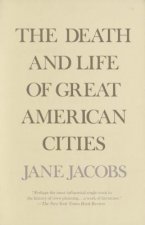
Death and Life of Great American Cities
435 Kč -

Constructing Landscape
1359 Kč -

Off the Grid
866 Kč -

Planning Landscape
1237 Kč -
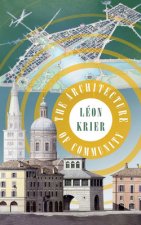
Architecture of Community
1339 Kč -
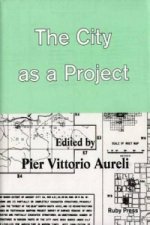
City as a Project
805 Kč -

Landscape Architecture
1425 Kč -
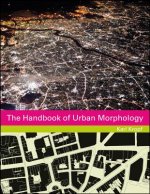
Handbook of Urban Morphology
1880 Kč -

A Pattern Language
1801 Kč -
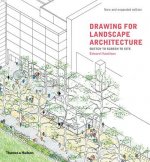
Drawing for Landscape Architecture
892 Kč -
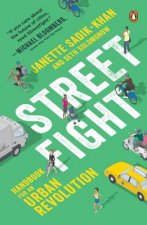
Streetfight
439 Kč -

High Line
690 Kč -
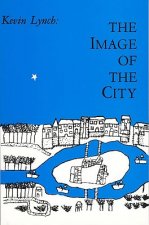
Image of the City
869 Kč -
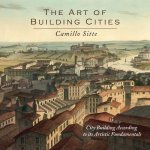
Art of Building Cities
315 Kč -
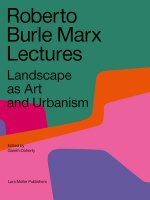
Roberto Burle Marx Lectures: Landscape as Art and Urbanism
636 Kč -
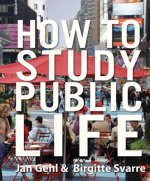
How to Study Public Life
1009 Kč -

From Concept Form in Landscape Design 2e
1979 Kč -
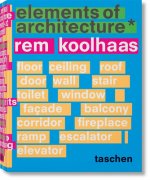
Elements of Architecture
4383 Kč -

Landscape and Garden Design Sketchbooks
944 Kč -
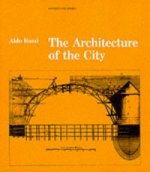
Architecture of the City
1328 Kč -
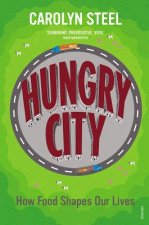
Hungry City
410 Kč -

Mediterranean Landscape Design
796 Kč -

Elements in Landscape
1225 Kč -
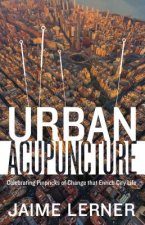
Urban Acupuncture
511 Kč -
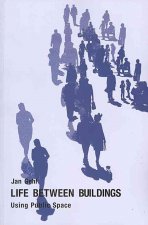
Life Between Buildings
1170 Kč -

Landscape Detailing Volume 1
2156 Kč -
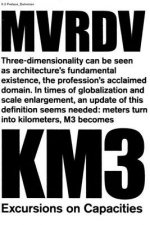
KM3 Excursions on Capacities
1609 Kč -
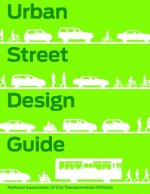
Urban Street Design Guide
1428 Kč -
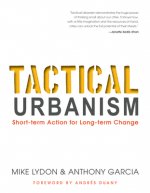
Tactical Urbanism
790 Kč -
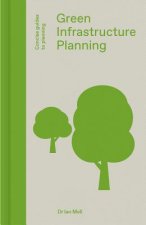
Green Infrastructure Planning
1179 Kč -
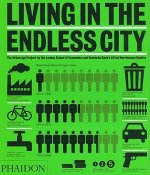
Living in the Endless City
1686 Kč -
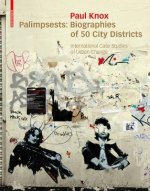
Palimpsests: Biographies of 50 City Districts
601 Kč -
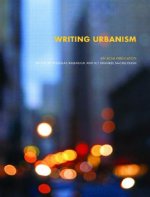
Writing Urbanism
2002 Kč -

Therapeutic Landscapes - An Evidence-Based Approach to Designing Healing Gardens and Restorative Outdoor Spaces
2368 Kč -
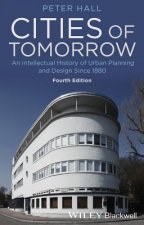
Cities of Tomorrow - An Intellectual History of Urban Planning and Design Since 1880 4e
1158 Kč -

Transforming Landscapes
1493 Kč -

Professional Planting Design - An Architectural and Horticultural Approach for Creating Mixed Bed Plantings
2440 Kč -
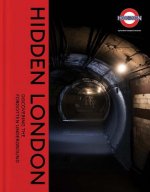
Hidden London
1056 Kč -

Urban Smellscapes
2002 Kč -
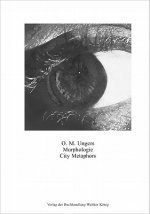
O.M. Ungers: Morphologie/City Metaphors
620 Kč -

What Is Landscape?
501 Kč -

Elements of Planting Design
1746 Kč -
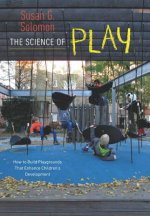
Science of Play
1197 Kč -
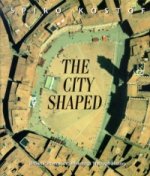
City Shaped
764 Kč -
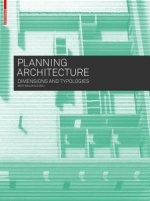
Planning Architecture
1753 Kč -

Dream Gardens of England: 100 Inspirational Gardens
1075 Kč -

1000x Landscape Architecture
2430 Kč -

Detail in Contemporary Landscape Architecture
944 Kč -

Course of Landscape Architecture
1345 Kč
Osobní odběr Praha, Brno a 12903 dalších
Copyright ©2008-24 nejlevnejsi-knihy.cz Všechna práva vyhrazenaSoukromíCookies


 Vrácení do měsíce
Vrácení do měsíce 571 999 099 (8-15.30h)
571 999 099 (8-15.30h)